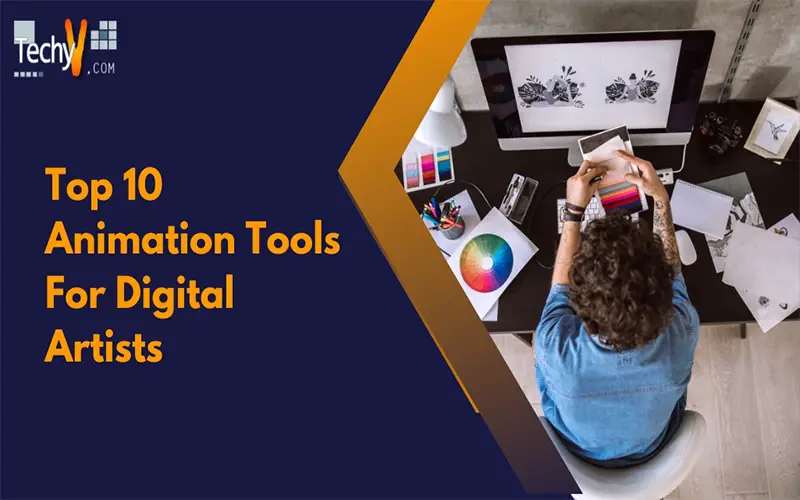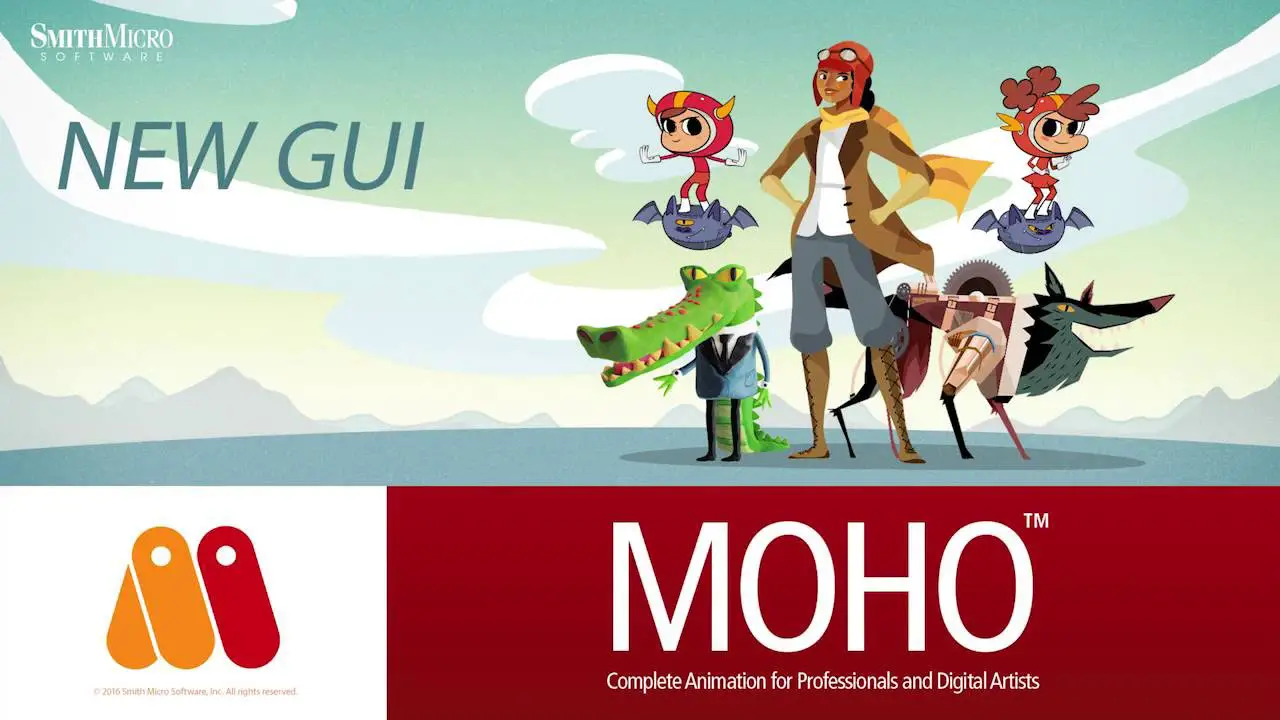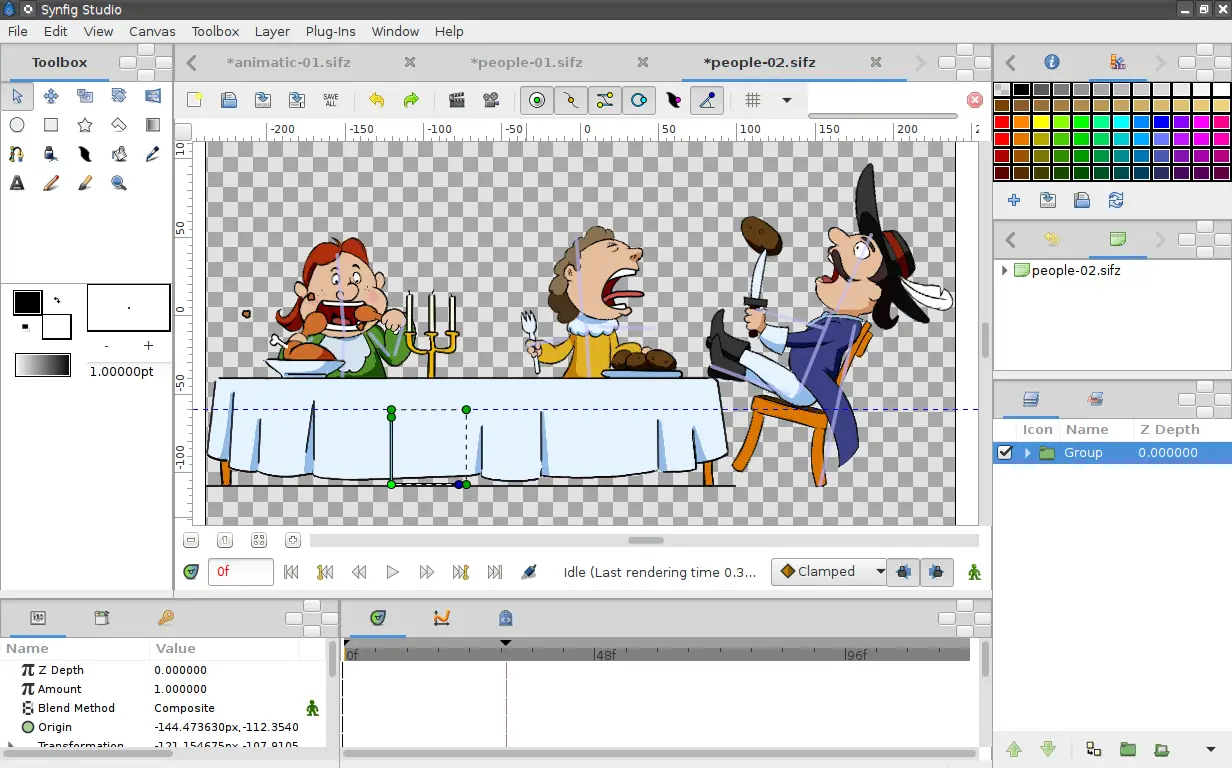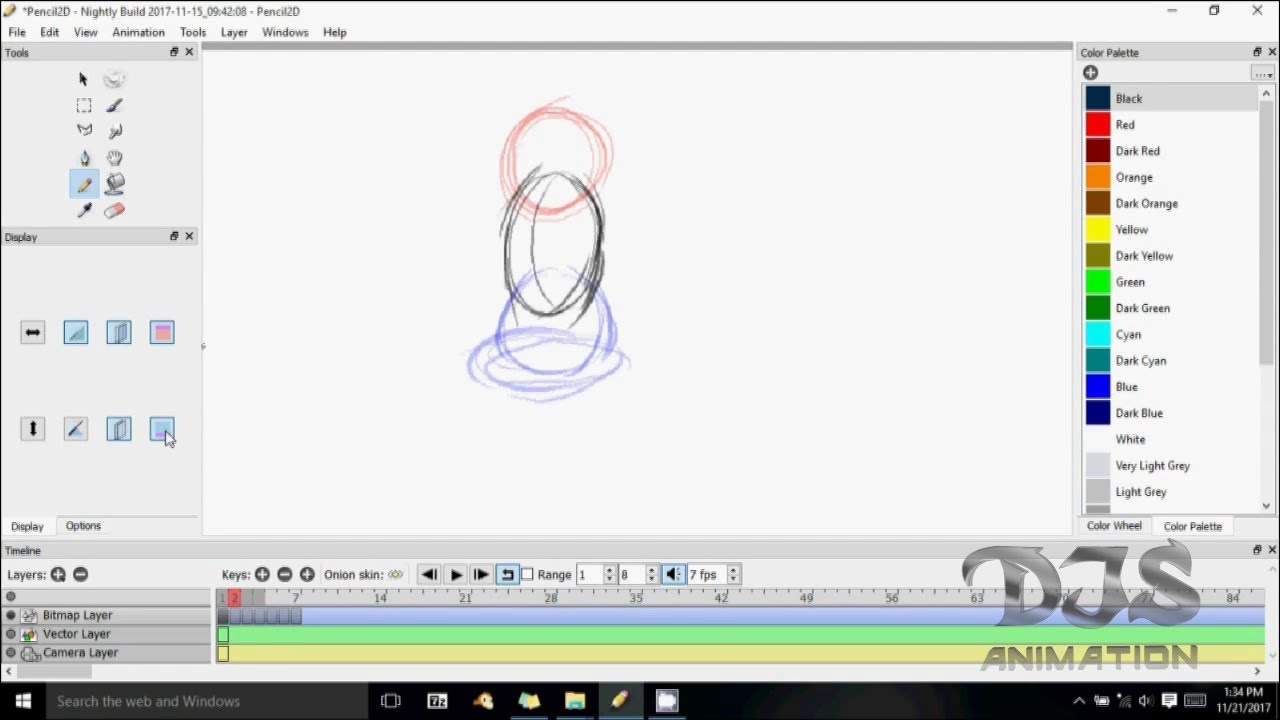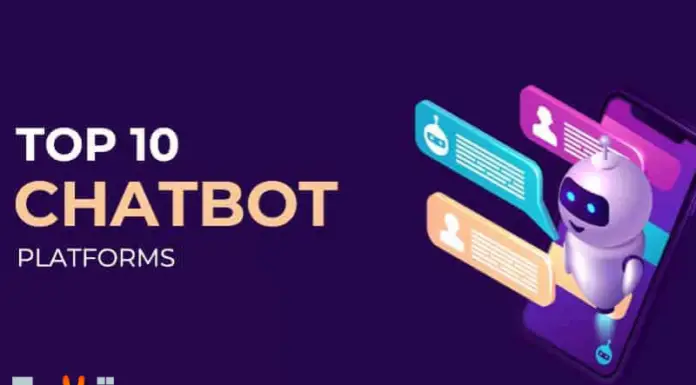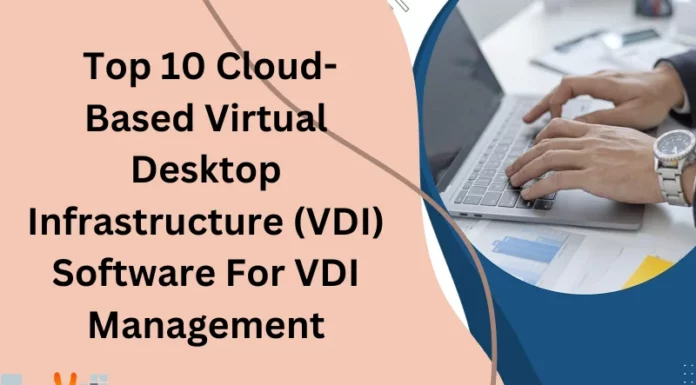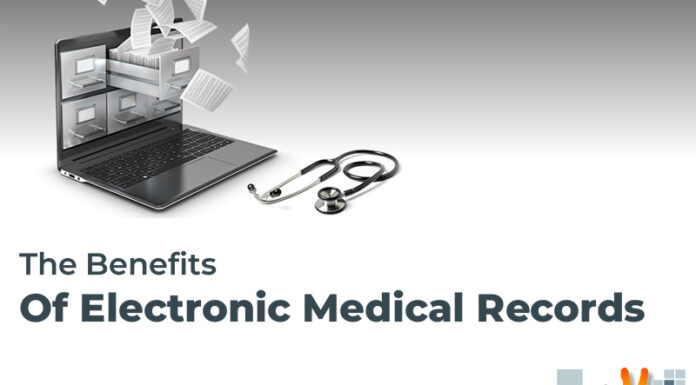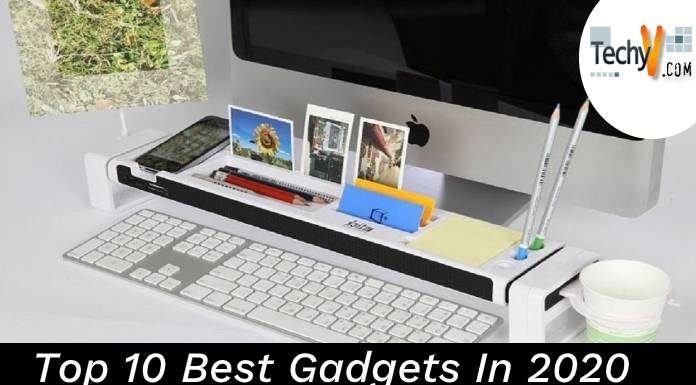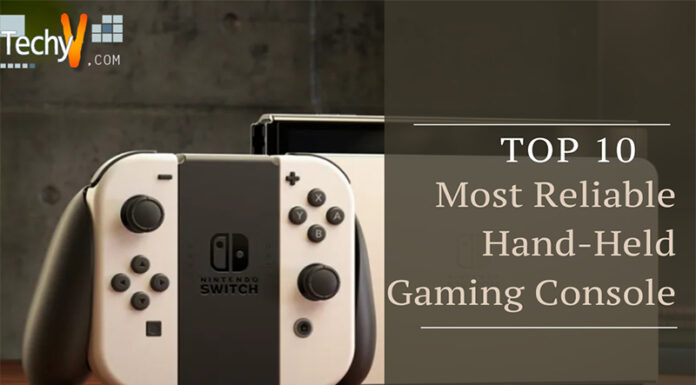The process of a digital artist, game developer, or character designer is only complete with animation tools. It’s wonderful to watch your illustrations come to life through animation. Whether your animation is incredibly brief and straightforward or a full-length cartoon, adding movement offers your illustrations a fresh perspective. It may be intimidating to go outside of your comfort zone of static images and into the environment of digital animation. It can be challenging to know where to start when there is so much to learn (including the 12 principles of animation) and an ocean of tools to choose from.
1. Spine
A tool called Spine lets you animate existing works of art, taking pixel art out of the pixel domain. That is accurate — Spine does not come with any illustration tools. It’s worth a look, given how effective it is as an animation tool. The Spine provides you with a dope sheet, a Free-Form Deformation (FFD) tool, and all the other tools required to animate your characters.
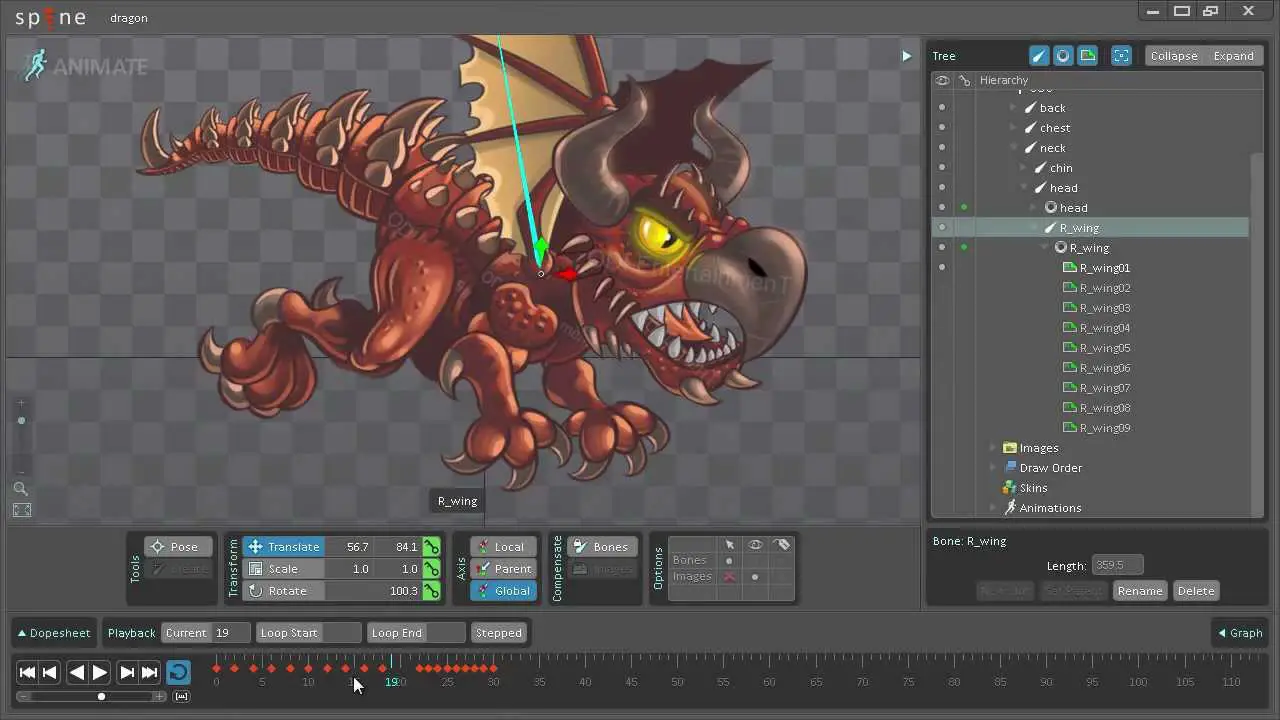
2. OpenToonz
While we can’t guarantee that, we can at least provide you with access to the animation program that was used to create movies like Spirited Away and Howl’s Moving Castle and was customized along the way. It has all the tools you’re likely to need, such as drawing tools, effects, scripting, tweening, and more, and new features are continuously being added. The most current version, 1.4, was introduced for Mac and Windows last year. It included many new features, including a stop-motion panel that supported Canon DSLR cameras.
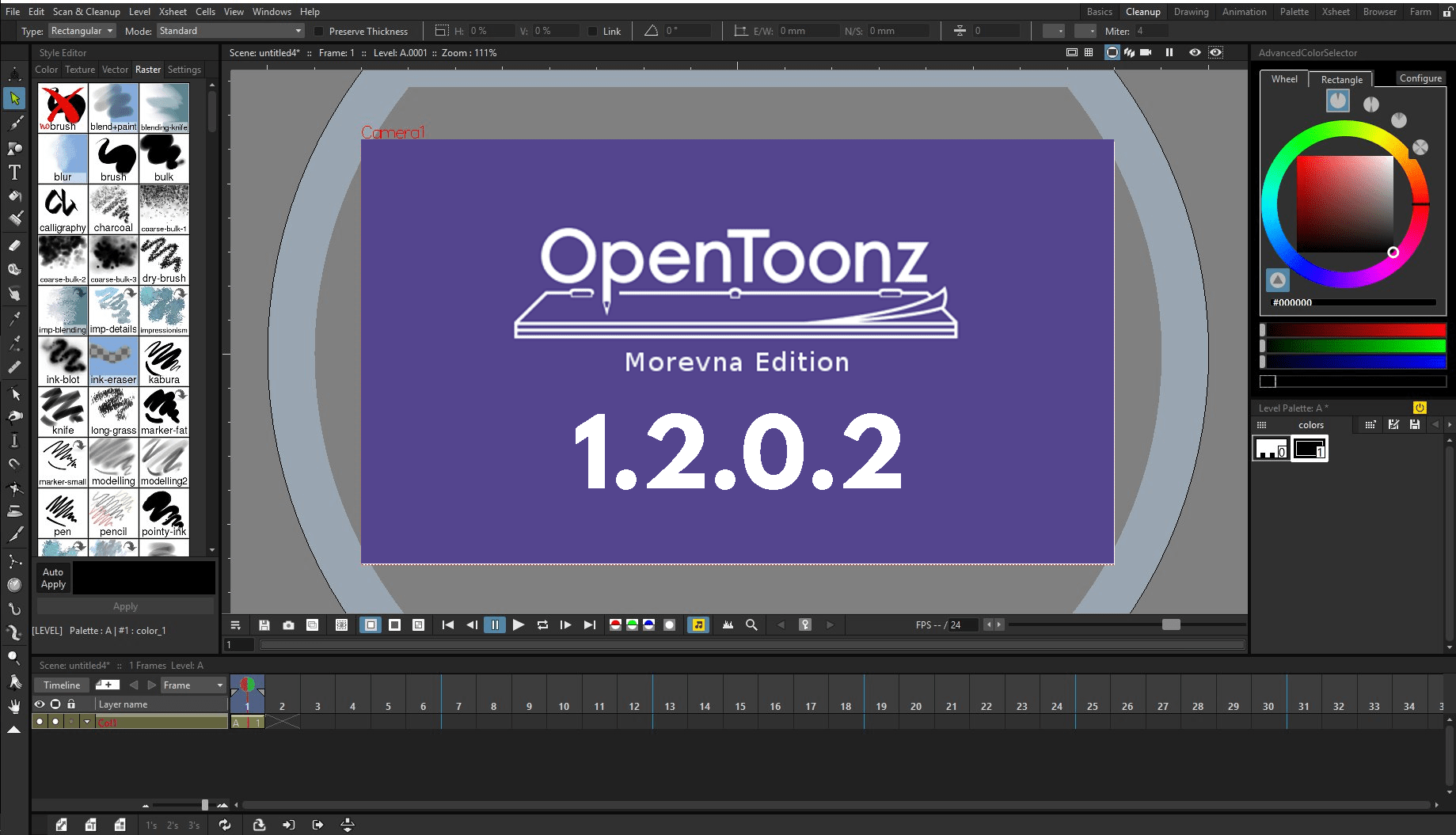
3. Cartoon Animator
Cartoon Animator (opens in new tab) has you covered if you’re searching for software to assist with audio lip-syncing for both Sprite-based and Morph-based characters, as well as 2D facial and body puppeteering.
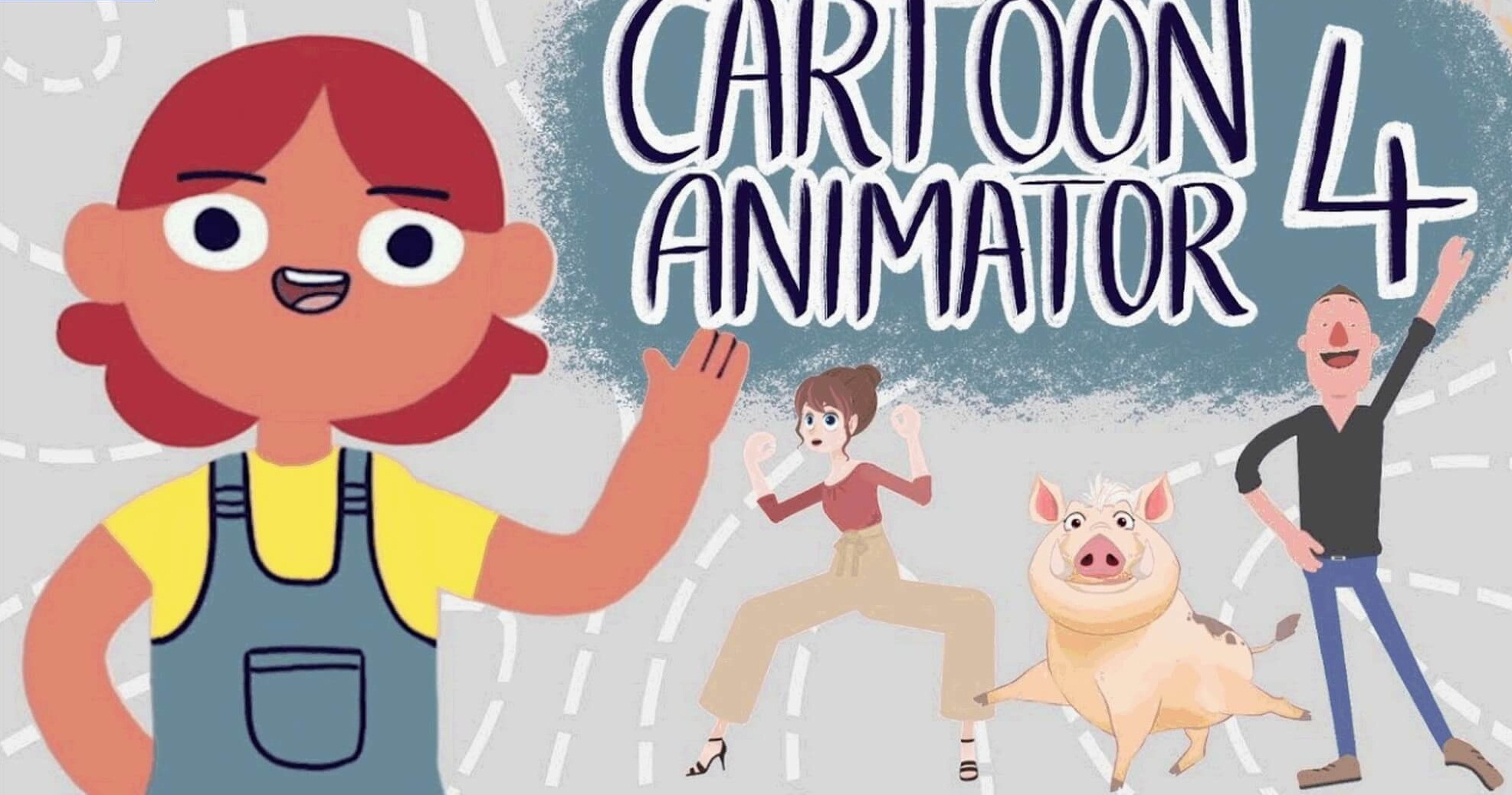
4. Aseprite
Aseprite is one of the most excellent tools for pixel art and animation. This program offers layer support, onion skins, playback modes, alpha channel control, shading options, and custom brushes—all things you’d expect from a bigger publisher. Like Piskel, you may import and export a wide range of file types, including animated GIFs, sprite sheets, and PNGs.
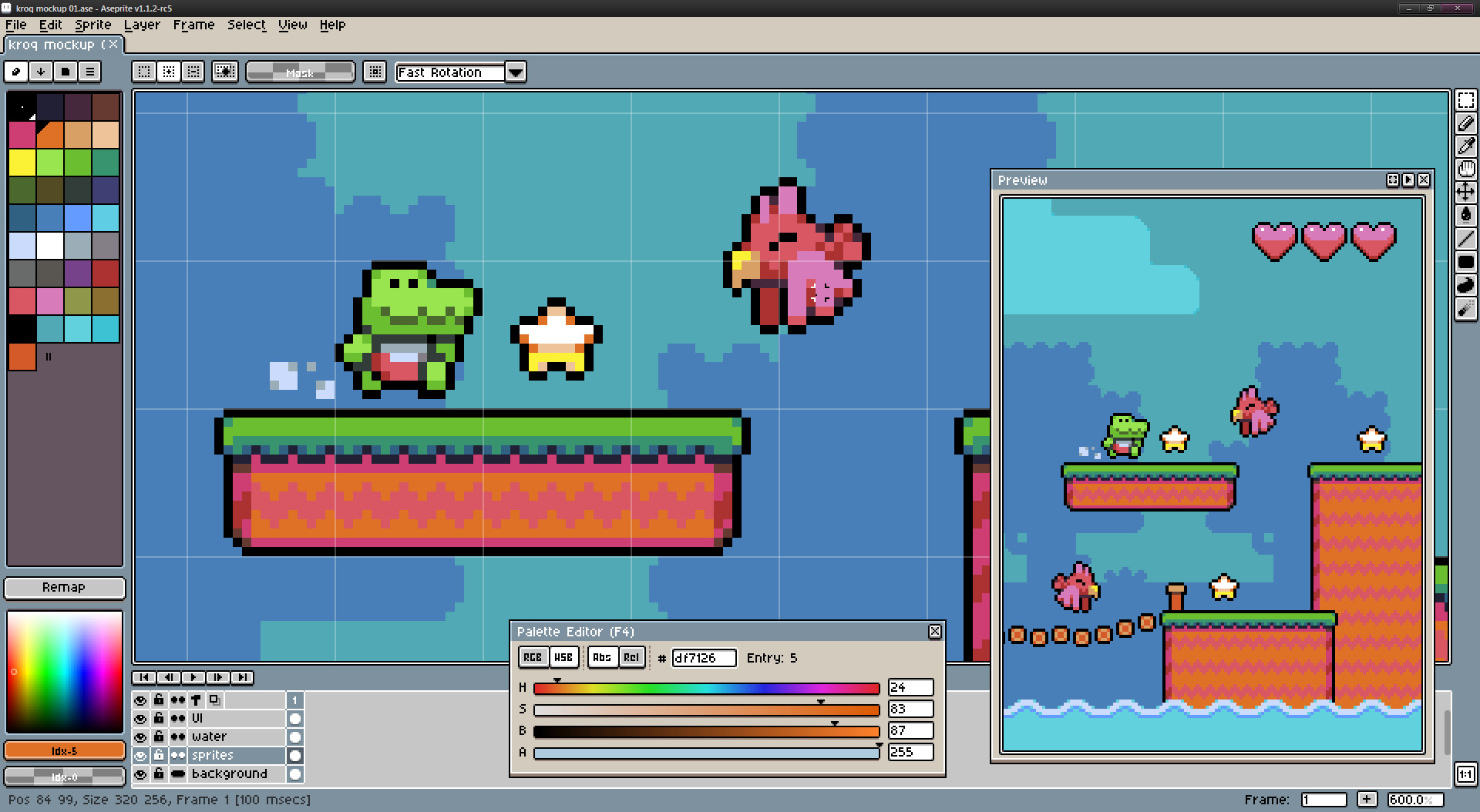
5. Piskel
Piskel is an online program for making animated sprites, and pixel art is called Piskel. It is simplest to use and needs no registration. You can create a public or private gallery by logging in with your Google account. You can also get a live preview of your images while you create them using Piskel. In addition to this, you have the choice of importing animated GIFs, PNGs, JPGs, and BMPs.
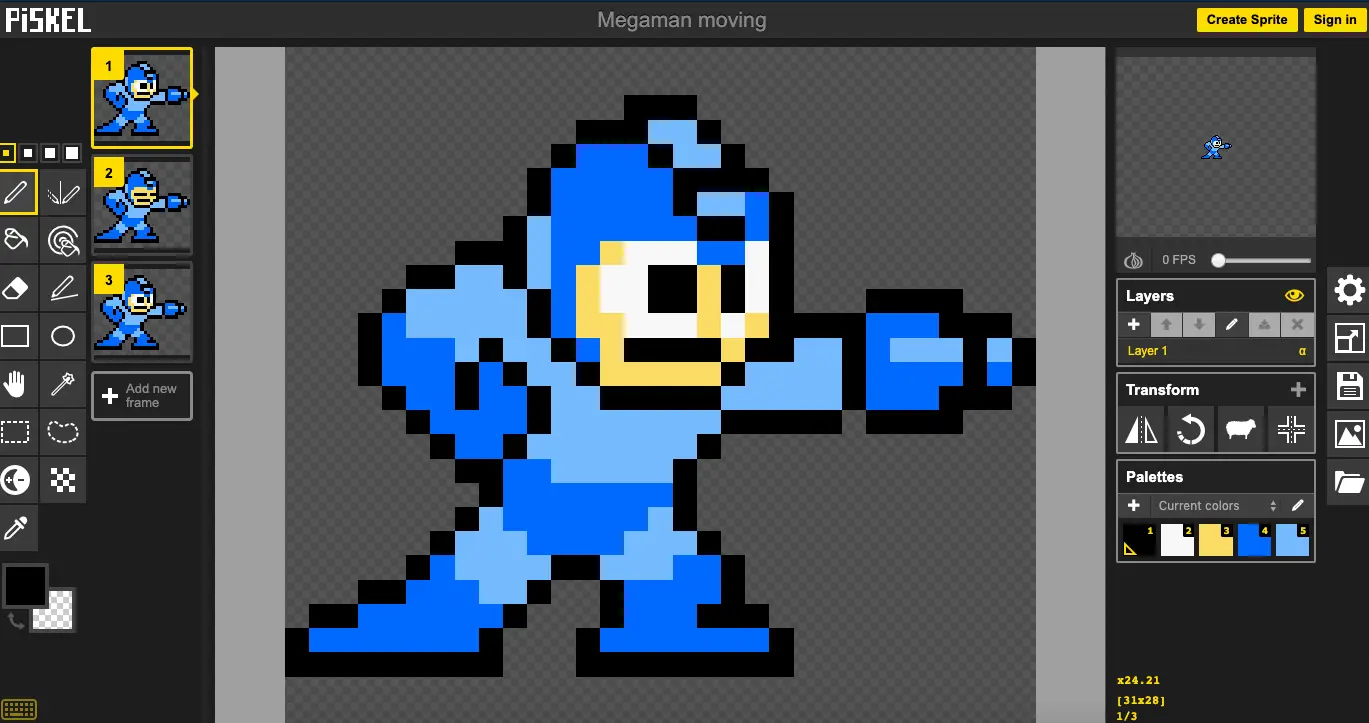
6. Moho Debut and Moho Pro
A vector-based 2D animation application called Moho is available for both experts and beginners (Pro). Both are full of pre-made characters and content to assist you in getting started or inspiring your creativity.
7. Synfig Studio
Synfig Studio is a second potent, cross-platform, open-source application for designing and animating 2D animation. Synfig lets you control practically every part of your animation while being more complex than most other graphics programs. It also provides access to tools you are likely already familiar with, such as brushes, fills, masks, and layers.
8. Pencil2D
This cross-platform 2D drawing and animation tool brings your hand-drawn animations to life. Pencil2D allows you to concentrate on animation and art rather than the user interface because of its lightweight design. It can import and export data in many formats and supports raster and vector.
9. FlipBook
FlipBook is another option if you’re seeking a graphics program to produce conventional 2D animation, much like Pencil2D. You can also import backdrops, cells, overlays, and movies using FlipBook. You can also sketch and scan these items.
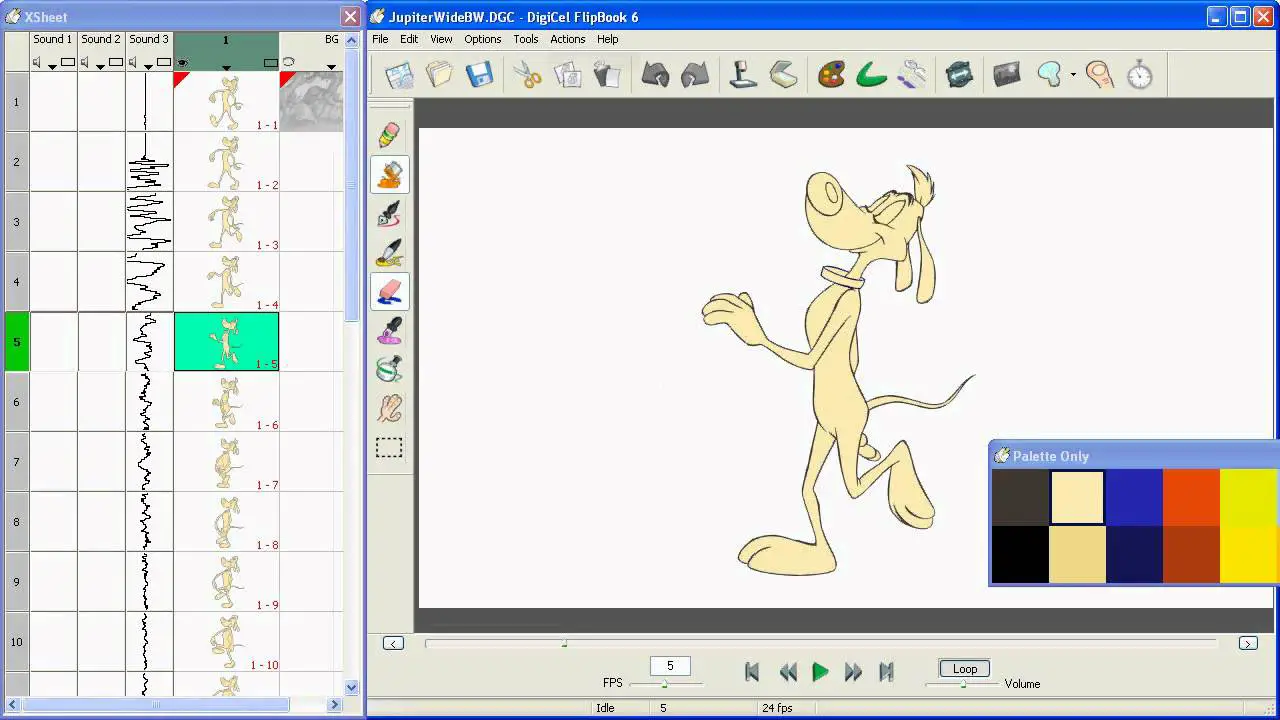
10. Toon Boom Harmony
With three versions available—Essentials, Advanced, and Premium—Toon Boom’s Harmony is regarded by some as the industry norm for animation tools. Harmony’s illustration and animation capabilities allow you to create sketches, drawings, and paintings in both bitmap and vector formats.




